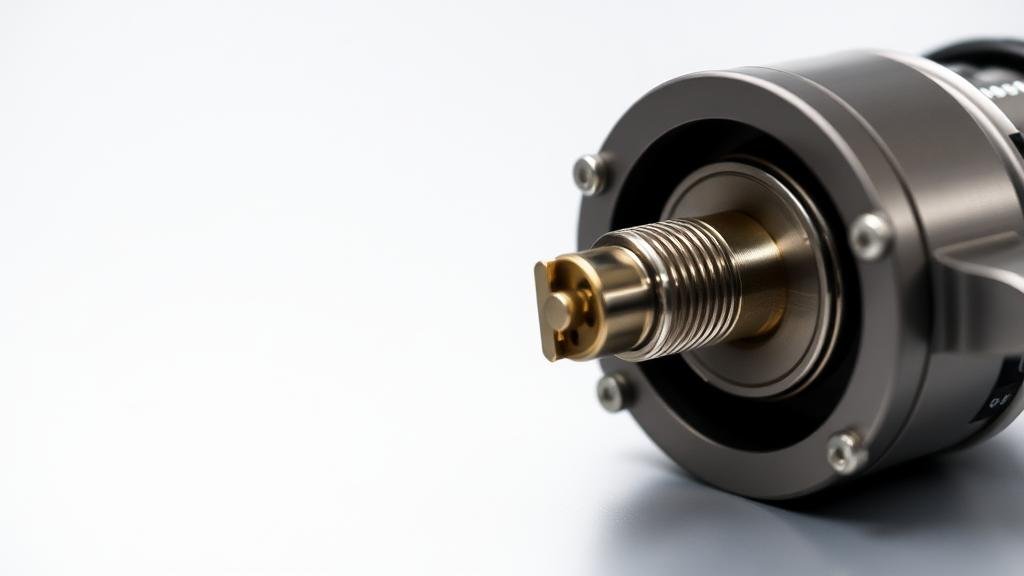How to Use Magnetic Sensors for Precision Detection in High-Iron Areas
How to Use Magnetic Sensors for Precision Detection in High-Iron Areas
In various industries, precision detection is essential for monitoring and controlling equipment, especially in environments characterized by high iron content. Magnetic sensors have emerged as a critical technology that can effectively function in these challenging conditions. This article explores the principles, applications, advantages, and best practices for using magnetic sensors in high-iron areas.
Understanding Magnetic Sensors
Magnetic sensors are devices that detect changes in magnetic fields and can measure various parameters such as position, speed, and proximity. Some common types of magnetic sensors include Hall effect sensors, magnetoresistive sensors, and fluxgate sensors. Each type operates on distinct principles and finds applications across different industrial sectors.
The Challenge of High-Iron Environments
High-iron areas, such as those found in mining, construction, and steel manufacturing, present significant challenges for precision detection. Iron can distort magnetic fields, resulting in inaccurate readings or sensor malfunction. efore, understanding how to mitigate these effects is essential for effective sensor utilization.
Types of Magnetic Sensors
Different types of magnetic sensors can be employed depending on the specific requirements of the application. Here are three commonly used types:
- Hall Effect Sensors: These sensors operate by detecting the voltage generated across a conductor when it carries current and is placed in a magnetic field. They are widely used for proximity sensing and can be effective in high-iron environments when properly calibrated.
- Magnetoresistive Sensors: Utilizing the magnetoresistance effect, these sensors change their electrical resistance based on magnetic field strength. are highly sensitive and suitable for applications requiring precision, such as in robotics and automotive industries.
- Fluxgate Sensors: These sensors provide high sensitivity for magnetic field measurements. They can detect small magnetic changes and are often used in scientific applications and geophysical exploration.
Applications in High-Iron Areas
Various industries are leveraging magnetic sensors for precision detection in high-iron environments:
- Mining: Magnetic sensors are used to detect changes in machinery positioning, ensuring safety and operational efficiency. For example, in automated drilling systems, sensors can provide real-time data on drill position and depth.
- Steel Manufacturing: These sensors measure the magnetic fields around machinery such as electric arc furnaces, providing critical data for process control. This can help in achieving consistent product quality and reducing waste.
- Construction: Magnetic sensors can assist in detecting subsurface materials, helping to ensure that construction sites are safe and compliant with regulations.
Mitigating Iron Interference
To ensure accurate readings from magnetic sensors in high-iron areas, specific strategies can be implemented:
- Calibration: Regularly calibrating sensors can help adjust for magnetic field distortions caused by surrounding iron. This process involves using known reference values to maintain accuracy.
- Shielding: Employing magnetic shielding materials around the sensor can help prevent external iron from influencing readings. Materials such as permalloy can be used to create barriers that minimize interference.
- Sensor Placement: Positioning the sensors away from large iron structures, where space permits, can also help reduce interference from the surrounding environment.
Case Studies: Success Stories
Several case studies illustrate the successful implementation of magnetic sensors in high-iron environments:
- A major mining company utilized Hall effect sensors to monitor equipment position with a 20% increase in operational efficiency. By recalibrating the sensors regularly, they were able to maintain accuracy despite the high levels of surrounding iron.
- In a steel manufacturing plant, magnetoresistive sensors were integrated into the production line, allowing for real-time feedback on machinery status. The result was enhanced safety protocols and a 15% reduction in production downtime.
Best Practices for Useation
To maximize the effectiveness of magnetic sensors in high-iron areas, it is essential to follow these best practices:
- Regular Maintenance: Establish a routine maintenance schedule that includes cleaning and recalibrating sensors to ensure optimal performance.
- Data Analysis: Use data collection and analysis protocols to identify trends and anomalies in sensor readings. This can help predict potential issues before they escalate.
- Employee Training: Ensure staff are trained in the operation and troubleshooting of magnetic sensors to foster a proactive approach to detection and maintenance.
Conclusion and Actionable Takeaways
Magnetic sensors provide powerful solutions for precision detection in high-iron environments, but their effectiveness hinges on proper selection, calibration, and maintenance practices. Industries that adapt these technologies responsibly can expect enhanced operational efficiency and increased safety standards. By implementing the strategies outlined, organizations can overcome the challenges posed by high-iron areas and leverage the full potential of magnetic sensor technology.



